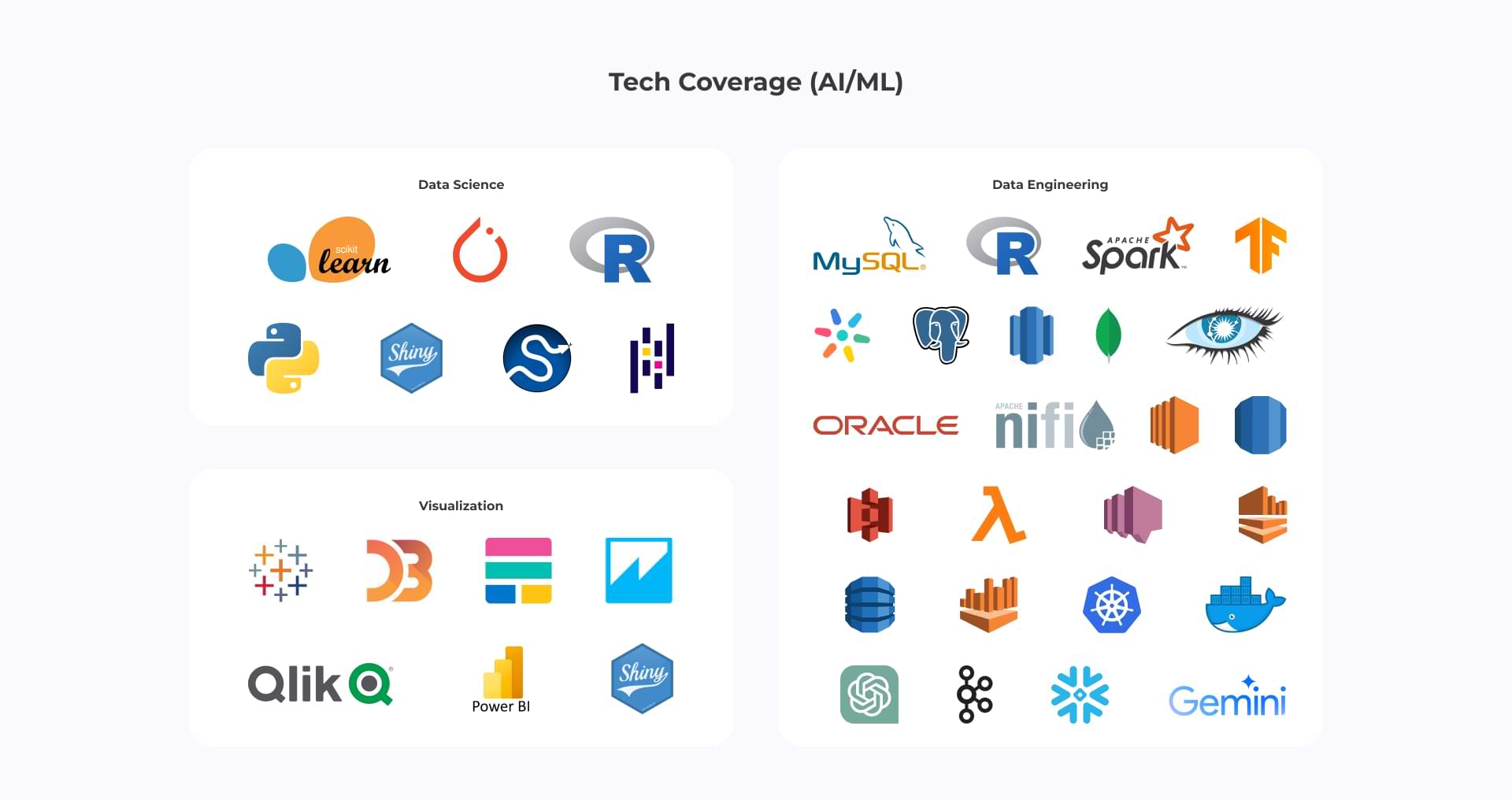Enabling Vision: Acing Computer Vision with OpenCV and AI
In the ever-evolving landscape of technology, computer vision has emerged as a transformative force. With applications ranging from self-driving cars to medical diagnostics, the ability to enable machines to “see” and interpret the world has opened up a realm of possibilities. This article explores the fascinating realm of computer vision AI, with a focus on the powerful OpenCV library, a cornerstone of vision AI development.
Let’s connect
Book a meeting
Understanding Computer Vision and Its Applications
Computer vision is a field of manufactured insights that centers on empowering machines to decipher and get it visual data from the world around them. It involves a complex interplay of algorithms, data analysis, and machine learning techniques. Computer vision AI systems are trained on vast datasets of images and videos to recognize patterns, objects, and even emotions. The applications are boundless, impacting industries like:
- Healthcare: Diagnosing diseases, analyzing medical images, and assisting in surgeries.
- Automotive: Enabling self-driving cars to navigate and make decisions based on visual input.
- Retail: Enhancing customer experiences through personalized recommendations and virtual try-ons.
- Security: Monitoring public spaces for safety and identifying potential threats.
OpenCV: The Powerhouse of Computer Vision
OpenCV (Open Source Computer Vision Library) is an open-source library that provides a comprehensive set of tools and algorithms for computer vision tasks. It offers a wealthy collection of capacities for picture and video handling, question discovery, highlight extraction, and much more. Whether you’re a seasoned computer vision AI developer or just starting, OpenCV is an invaluable resource for building robust vision applications.
Vision AI with OpenCV
Vision AI is the application of artificial intelligence to visual data. OpenCV plays a pivotal role in this field by providing the tools and framework to create intelligent systems that can “see.” Some of the key areas where OpenCV excels in vision AI include:
- Object Detection and Recognition: Identifying and classifying objects within images or videos.
- Facial Recognition: Detecting and recognizing human faces for various applications like security and authentication.
- Image Segmentation: Dividing an image into multiple segments to understand the different components of a scene.
- Motion Tracking: Following the movement of objects within a video stream.
Getting Started with OpenCV
- Installation: OpenCV is available for multiple programming languages, including Python, C++, and Java. Install it using package managers like pip (Python) or build it from source.
- Documentation: OpenCV boasts extensive documentation and tutorials to help you get started.
- Experimentation: Dive into projects and explore the various functions and capabilities of OpenCV.
Conclusion
Computer vision is revolutionizing how we interact with technology and the world around us. With OpenCV as your toolkit and vision AI as your guiding principle, the possibilities are limited only by your imagination. Whether you’re interested in developing cutting-edge applications or simply want to understand this transformative technology, embarking on a journey with OpenCV is a rewarding endeavor.
Global success stories
Here are some related content that highlight our capability in delivering AI solutions that save costs as well as boost productivity.
Manufacturing 4.0:



